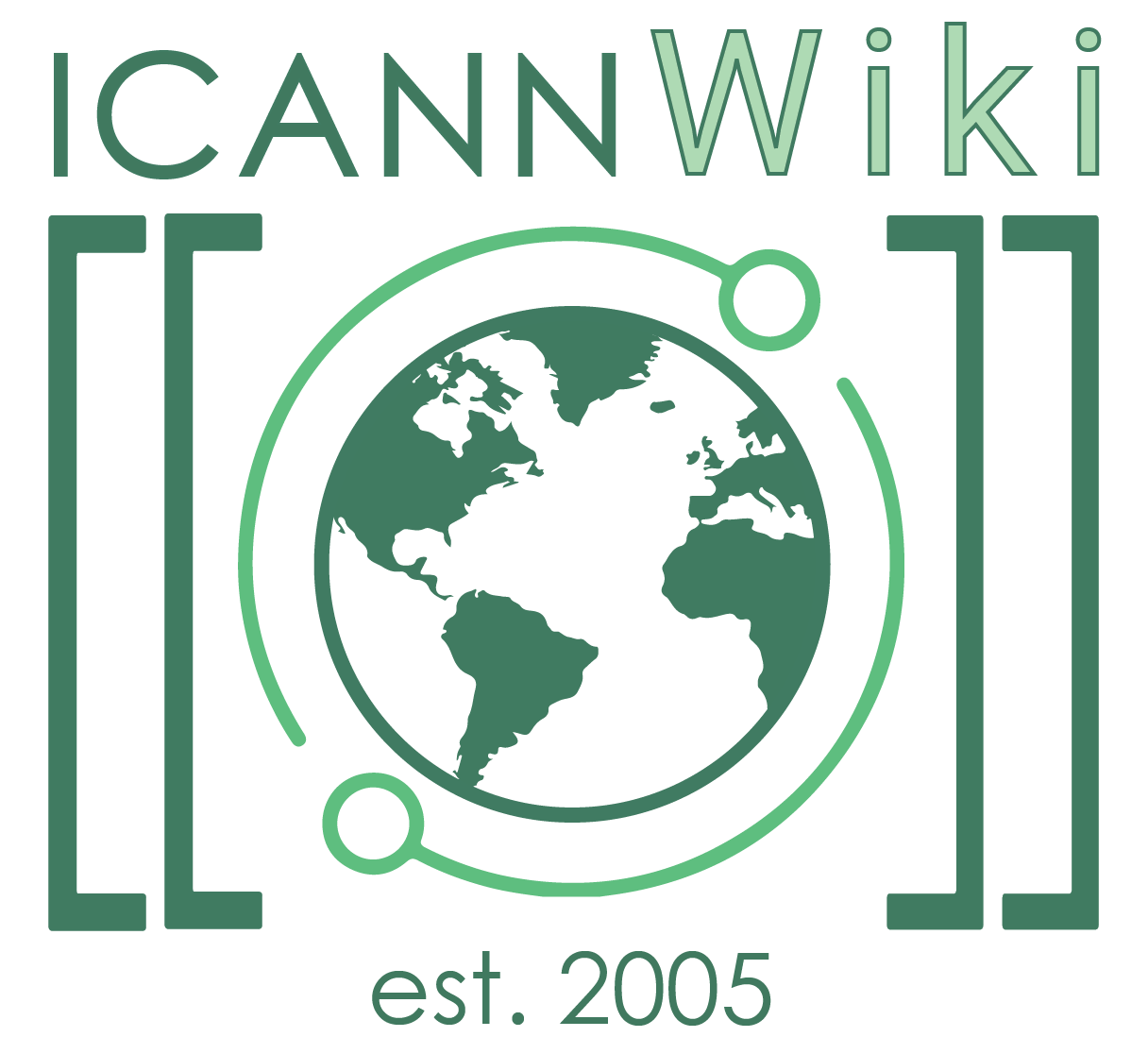Semantic Technology
Semantic Technology is an encoding process whereby meaning is stored separately from data and content; this separation provides a fluidity to searches and systems operations that is not found in standard IT.[1] Semantic technology defines and links data on the web, an interconnected system of public webpages accessible through the Internet (the Web is one of many applications built on top of the Internet). Semantic technology develops languages to express rich, self-describing interrelations of data that are machine-readable. Machines can process long strings of characters and index, store, manage, and retrieve information based on meaning and logical relationships. Semantics can add a layer to the Web and show more than matching words.[2]
Overview[edit | edit source]
Semantic Technologies can appear in a variety of formats, and the scope and application of these programs is still in flux. However, generally speaking, these technologies offer a system, and the tools to support it, which is "meaning centered"; that is, the meaning and implications of data is broken down and stored separately so that the nuance of human language and communication can be more accurately captured and understood by the computer system.[3]
The application for such technology is expanding, and it has widespread possibility. Semantic technologies could hypothetically divine what a company sells from its name alone, or would know "that the West Bank of Jordan is not a financial institution".[4]
Mechanisms[edit | edit source]
Semantic technology aims to assess the probable intent of the user. This type of technology involves planes and a set of tools for analyzing text with the purpose of dividing its meaning into formats and standards to enable the codification and integration of information based on the meanings discovered. The Operating Plane is the foundation layer of the semantic web. It consists of the information, infrastructure, applications, and user interface. The second plane is the Internet. The third plane, the Knowledge Plane, encompasses beginnings, developments, and breakthroughs.[5] Its development requires tagged collections, dictionaries, taxonomies, thesauri, and ontologies. These tools need to be understood fully to be able to assist the algorithms in providing accuracy in the result set. Standards are also needed for describing the semantic meaning of an unstructured data set to structure the data set and then be used in relation to other data sets. Through such standards, like the Resource Description Framework (RDF) and Web Ontology Language (OWL), organizations can codify unstructured data.[6]
Toolkit[edit | edit source]
In addition to OWL and RDF,
- Resource Description Framework (RDF) Core Model,
- Simple Knowledge Organization System (SKOS).
- SPARQL, which enables querying decentralized collections of RDF data.
- POWDER recommendations, which provide technologies to find resource descriptions that can be “joined” to other RDF data
- The GRDDL and RDFa Recommendations, which create bridges between the RDF model and XML formats, for linked data in Web applications
- R2RML language, which provides a standard language for mapping relational data and database schemas to RDF and OWL
- Linked Data Profile, which provides an “entry level” layer to manage Linked Data file using RESTful, HTTP-based API[7]
History[edit | edit source]
2001[edit | edit source]
The Semantic Web was conceived by Tim Berners-Lee, the inventor of the World Wide Web, and described in detail by Berners-Lee, James Hendler, and Ora Lassila in a 2001 article in the Scientific American.[8]
2008[edit | edit source]
In “Project 10X’s Semantic Wave 2008 Report: Industry Roadmap to Web 3.0 & Multibillion-Dollar Market Opportunities," Mills Davis describes the development of the Semantic Web. Phase 1, “the Web” is about connecting information and gaining initial access to the Web. Phase 2, “the social Web” is about connecting people in the form of growth of social media sites (Facebook, MySpace, LinkedIn, Plaxo Xing, UniPHY.org, BiomedExperts.com, Naymz). Phase 3, “the Semantic Web” is about connecting knowledge. Phase 4, “the ubiquitous Web” is about connecting intelligence.[9]
2013[edit | edit source]
By 2013, the W3C Semantic Web Initiative was subsumed by the W3C Data Activity Group, which works on making it easier for average developers to work with graph data and knowledge graphs.[10]
References[edit | edit source]
- ↑ Semantic Technology Definition
- ↑ [What is Semantic Technology, Ontotext]
- ↑ Information-Age.com
- ↑ Peter Jackson Quote, Information-Age.com
- ↑ The Semantic Web: History, Applications and Future Possibilities, Darrell Gunter, E-Reference Context and Discoverability in Libraries: Issues and Concepts
- ↑ Semantic Technology standards and mechanism
- ↑ Semantic Web Activity, W3C
- ↑ Semantic Web, Scientific American 2001
- ↑ Semantic Wave 2008 Report: Industry Roadmap to Web 3.0 & Multibillion-Dollar Market Opportunities, Mills Davis, 2008
- ↑ Semantic Web Group, W3C Archives
ICANNWiki resources: Special Pages | Content Guide | Documentation | Development || Maintenance: Articles needing attention | Candidates for deletion || Projects: Internet & Digital Governance Library
